Quantifying the difference between phylogenetic diversity and diversity indices
(2024)
Journal Article
Bordewich, M., & Semple, C. (2024). Quantifying the difference between phylogenetic diversity and diversity indices. Journal of Mathematical Biology, 88(4), Article 40. https://doi.org/10.1007/s00285-024-02059-y
Phylogenetic diversity is a popular measure for quantifying the biodiversity of a collection Y of species, while phylogenetic diversity indices provide a way to apportion phylogenetic diversity to individual species. Typically, for some specific dive... Read More about Quantifying the difference between phylogenetic diversity and diversity indices.
